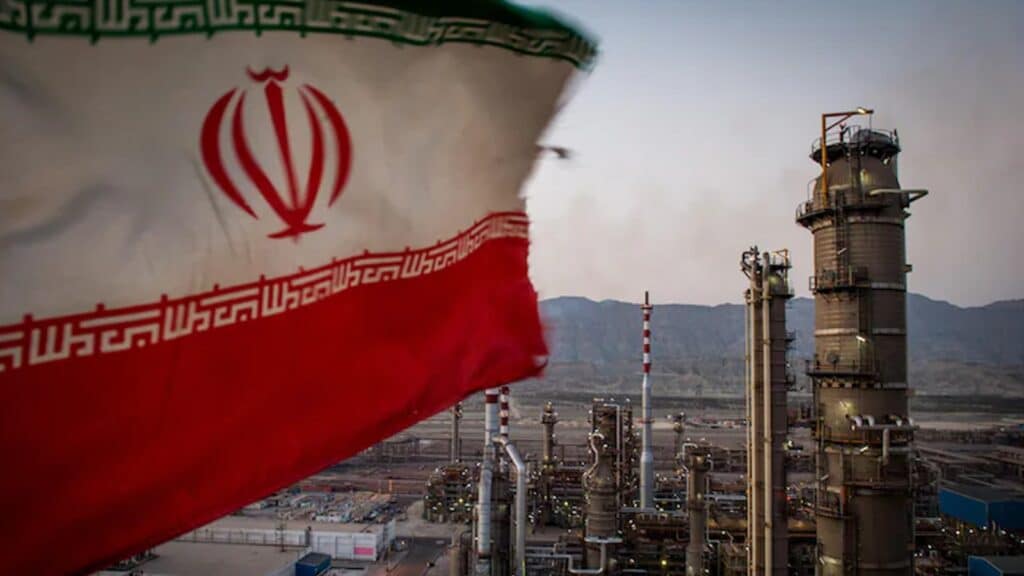Amid rising speculation following U.S. strikes on Iranian nuclear facilities such as Natanz and Fordow, nuclear experts emphasize that Iran’s nuclear program has not been fully destroyed. Contrary to popular belief and some political rhetoric, recent attacks may have caused surface-level structural damage, but the core infrastructure remains largely intact.
According to experts in nuclear physics, a nuclear program is not a single building or a movable asset—it is an extensive, complex, and deeply embedded system. Such programs involve thousands of centrifuges, miles of precision-engineered piping, specialized temperature and pressure control systems, highly stable power supplies, and environments that cannot be replicated in ordinary factories.
The facilities targeted—Natanz and Fordow—were not ordinary buildings. These are underground complexes, some built deep beneath mountains and fortified to withstand conventional airstrikes. While the U.S. military possesses “bunker-buster” bombs capable of penetrating dozens of meters underground, experts stress that a few such strikes are insufficient to eliminate the entire nuclear infrastructure, especially one purpose-built for resilience.
Satellite imagery and international monitoring reports suggest that while above-ground structures were affected, the core enrichment machinery housed underground remains intact. Moreover, since there were no active nuclear reactors, fuel rods, or chain reactions occurring at the time of the strikes, there was no radiation leakage, dismissing fears of immediate radioactive contamination.
Experts point out that Iran still retains the five critical components required to restart its program: enriched uranium, centrifuges, scientific expertise, technical designs, and—perhaps most importantly—time and political will. These elements alone are enough to rebuild any temporarily disrupted enrichment operations.
In the event of an actual nuclear detonation or reactor-level destruction, experts warn that the fallout would not remain confined to Iran. Radioactive particles could travel thousands of kilometers, affecting countries like Iraq, Afghanistan, Pakistan, Turkey, and Gulf nations. Contamination of air, soil, and water would present long-term environmental and health risks across the region, similar to the global impact of incidents like Chernobyl and Fukushima.
Experts conclude that dismissing Iran’s nuclear capability as “completely destroyed” is scientifically inaccurate and dangerously misleading.





